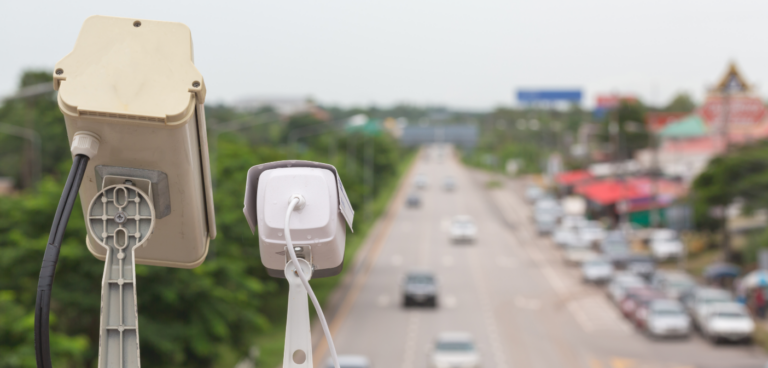TRL has urged organisations across the road transport sector to work together to learn from new automated technologies used in both connected and automated vehicles (CAVs) and modern vehicles to reduce the number of road traffic collisions on the UK’s roads.
According to the UK-based centre for innovation in global transport and mobility, the future is set for progressively automated vehicle systems leading to driverless cars. But it added with road casualty numbers plateauing over the last decade, there is a need for a reform. It wants to see a new framework for the way data is collected, analysed and applied to the design of new systems and safety solutions.
“A road collision investigation framework in the future should include both collision investigation and safety monitoring, where insights and evidence from both feed into each other,” said Camilla Fowler, head of automated transport at TRL.
“This would help define what CAVs are evaluated against, what constitutes desirable and undesirable behaviours, and what precisely we should be monitoring in real-time—this will help us understand which human behaviours and which automated systems aid in avoiding collisions and how we can improve them.”
Historically, road safety has been a reactive activity. After a collision happened, investigators recommended measures to prevent the collision from happening again. TRL now proposes a more automation-focused approach: introducing safety measures and interventions that will prevent collisions.
Furthermore, TRL said investigating and understanding the causes of accidents on a much wider scale than what is currently being done will give researchers a much more in depth understanding of why an accident happens. This will enable measures to be proactively introduced to combat the collision risk and therefore help achieve the long-terms goal of Vision Zero.
“There’s a benefit in learning from the findings of other teams and agencies, both in the UK and internationally,” added David Hynd, chief scientist for safety and investigations at TRL.
“We want to make sure that we maintain and encourage the open sharing of data across every channel to build the biggest pool of data possible. We know that change within the vehicle fleet takes a long time (decades sometimes), meaning we must act now to initiate positive changes for the future.”





